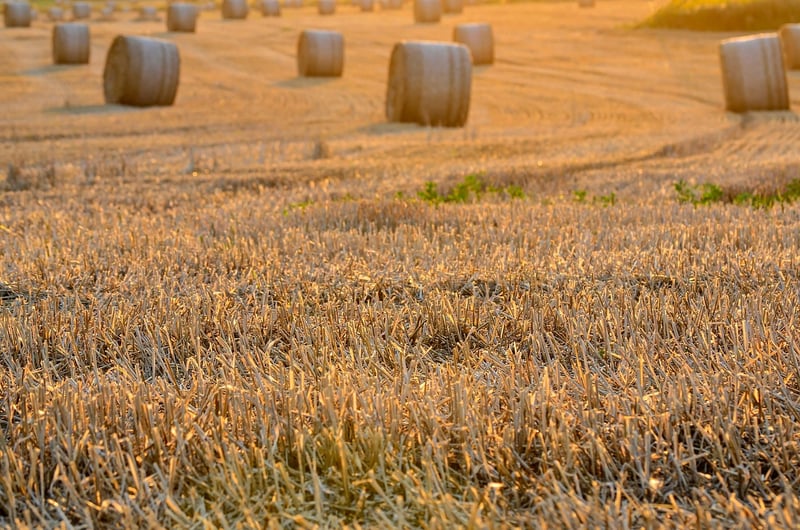Shared Harvest Programs
The Power of Collaborative Green Spaces and Shared Harvest Programs
Green spaces play a crucial role in enhancing the quality of urban life by providing communities with areas to connect, relax, and appreciate nature. However, the benefits of green spaces can be further amplified through collaborative efforts and shared harvest programs that foster a sense of community and sustainability.
Benefits of Collaborative Green Spaces:
- Community Building: Collaborative green spaces bring people together, creating a sense of belonging and fostering social connections among residents.
- Environmental Impact: By working together to maintain green areas, communities can contribute to environmental conservation and beautification efforts.
- Health and Well-being: Access to green spaces has been linked to improved mental health, reduced stress levels, and increased physical activity.
Shared Harvest Programs:
Shared harvest programs take community collaboration a step further by allowing members to collectively grow, harvest, and share produce from shared gardens or orchards. These programs promote sustainability, food security, and a deeper connection to the environment.
Key Features of Shared Harvest Programs:
- Collective Gardening: Participants work together to plant, tend to, and harvest fruits and vegetables, fostering a sense of shared responsibility and teamwork.
- Food Redistribution: Surplus produce is often shared among program participants or donated to local food banks, reducing food waste and supporting those in need.
- Educational Opportunities: Shared harvest programs offer learning experiences about sustainable gardening practices, healthy eating, and environmental stewardship.
Embracing a Sustainable Future:
By embracing collaborative green spaces and shared harvest programs, communities can create more resilient, connected, and sustainable environments. These initiatives not only benefit the individuals involved but also contribute to the greater good by promoting environmental consciousness and social cohesion.
Joining or starting a shared harvest program can be a rewarding way to engage with your community, learn new skills, and make a positive impact on the environment.

Together, we can cultivate a greener, more inclusive future through collaboration and shared efforts in nurturing our green spaces and harvesting the fruits of our collective labor.
